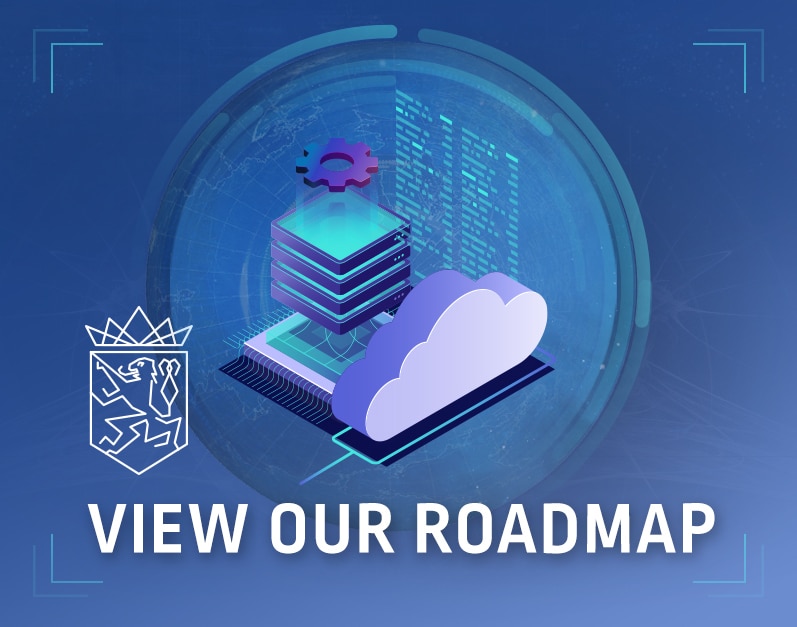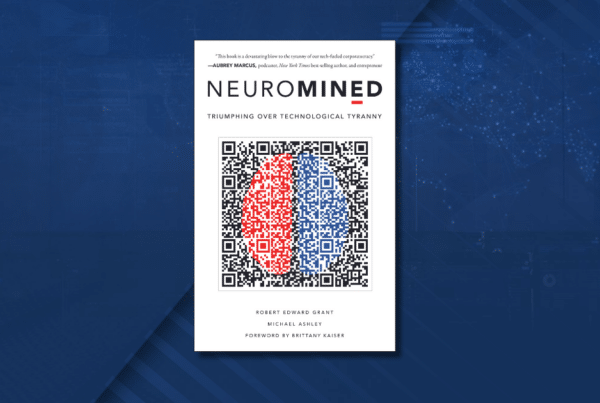
End-to-end encryption (E2EE) is a vital security measure used in digital communications to ensure the privacy and integrity of data transmitted between parties. It is a method of encrypting data in such a way that only the intended recipients can access and decipher the information, providing protection from interception, tampering, or unauthorized access. In this article, we will discuss what end-to-end encryption is, how it works, its importance and uses, and whether it can be hacked.
What is End-to-End Encryption?
End-to-end encryption is a process that involves encrypting data on the sender’s device and decrypting it only on the recipient’s device. This means that no one, not even the service provider facilitating the communication, can access the content of the messages or data being exchanged. E2EE ensures that data remains confidential and secure as it travels across networks and passes through various servers and infrastructure components.
How does E2EE Work?
The process of end-to-end encryption involves several steps:
- Key Generation: The sender and the recipient generate their respective public-private key pairs. The public key is shared with others, while the private key is kept secret.
- Key Exchange: The sender and the recipient securely exchange their public keys. This can be done using various key exchange protocols, such as the Diffie-Hellman key exchange or Elliptic Curve Diffie-Hellman.
- Encryption: The sender uses the recipient’s public key to encrypt the data, ensuring that only the recipient can decrypt it using their private key.
- Transmission: The encrypted data is transmitted over the internet or other communication channels.
- Decryption: Upon receiving the encrypted data, the recipient uses their private key to decrypt the data and access the original content.
Importance and Uses of End-to-End Encryption
End-to-end encryption is crucial for several reasons:
- Privacy: E2EE protects the privacy of individuals and organizations by ensuring that their communications and data cannot be intercepted, monitored, or accessed by unauthorized parties. This is particularly important in sensitive industries, such as healthcare, finance, and legal services, where the confidentiality of information is paramount.
- Security: E2EE provides a secure method for transmitting data across networks, reducing the risk of data breaches, cyber-attacks, and other security threats. By encrypting the data at the source and decrypting it only at the destination, E2EE minimizes the potential for data to be tampered with or accessed in transit.
- Compliance: Many industries and jurisdictions have strict regulations regarding the protection of sensitive data and personal information. Implementing end-to-end encryption can help organizations meet these requirements and ensure compliance with data protection laws, such as the General Data Protection Regulation (GDPR) and the Health Insurance Portability and Accountability Act (HIPAA).
End-to-end encryption is used in various applications, including messaging apps, email services, video and voice calling, and file storage and sharing platforms. Some popular examples of E2EE-enabled services are WhatsApp, Signal, ProtonMail, and Apple’s iMessage.
While end-to-end encryption provides a high level of security, unless quantum-secure, it is not entirely immune to hacking or other forms of attack. Compromising E2EE systems typically requires sophisticated techniques and significant resources. Some potential vulnerabilities in E2EE systems include:
- Man-in-the-Middle (MITM) Attacks: An attacker could intercept the key exchange process and replace the public keys with their own, allowing them to decrypt the data. To mitigate this risk, secure key exchange protocols and authentication methods are employed.
- Weak Key Generation: If the key generation process is flawed or uses weak algorithms, it may be easier for an attacker to guess or derive the private key. Ensuring the use of strong, industry-standard cryptographic algorithms and key generation processes is essential for robust E2EE systems.
- Endpoint Vulnerabilities: E2EE protects data in transit but cannot guarantee the security of data on the sender’s or recipient’s devices. If either device is compromised by malware or other means, an attacker could potentially access the encrypted data before it is sent or after it is decrypted. Ensuring proper device security measures, such as regular updates, antivirus software, and strong access controls, is critical to minimize this risk.
- Human Error: E2EE relies on users to correctly exchange and manage their public and private keys. If users inadvertently share their private keys or fail to properly secure them, the integrity of the E2EE system can be compromised. Educating users on the importance of key management and providing user-friendly tools can help mitigate this risk.
Crown Sterling & Quantum-Secure End-to-End Encryption
The first stage in achieving secure personal data sovereignty is Bellatrix, an end-to-end encrypted messenger application, protected with post-quantum algorithms and integrated with Ethereum-compatible wallets. The app supports the creation of sovereign communities and gives managers the necessary tools to administer their community as they see fit. Core efforts within this stage center around encryption and, secondarily, creating a modern and customizable interface with a smooth user experience–whether through desktop or mobile devices.
With privacy concerns on the rise, software solutions that provide heightened levels of security are gaining significant traction as individuals seek to safeguard their personal information. As part of our approach, we have created a flexible and agile software architecture that allows us to easily switch between encryption protocols. This gives us a unique edge, as our modern coding practices allow us a degree of flexibility that is not available to legacy solutions, which have already committed to a direction, before defining the correct architecture. Our encryption leverages the in-house knowledge of cryptography specialists and a dedicated development team focused on the ground-level details of quantum-secure best practices, alongside a robust IP portfolio.
About Crown Sterling Limited LLC
Leader in Data Sovereignty and provider of quantum-secure encryption, Crown Sterling empowers individuals and communities in an era of unregulated data consolidation, monopolization, and monetization by Big Tech. By leveraging next-generation encryption, blockchain technology, and decentralized digital transformation represented by Web3, we are committed to granting you complete control over your personal data and supporting the protection of free speech, assembly and choice.
The launch of Orion™ Messenger presents a quantum-secure end-to-end encrypted, uncensorable, and decentralized communications platform as a solution where sovereign individuals and communities can thrive. Unlike commonly used applications that rely on vulnerable encryption protocols, data mining practices, and other limitations, Orion is the only platform allowing for large encrypted group chat and social media communications in an unmonitored and uncensorable environment. Join the Orion Messenger waitlist.













